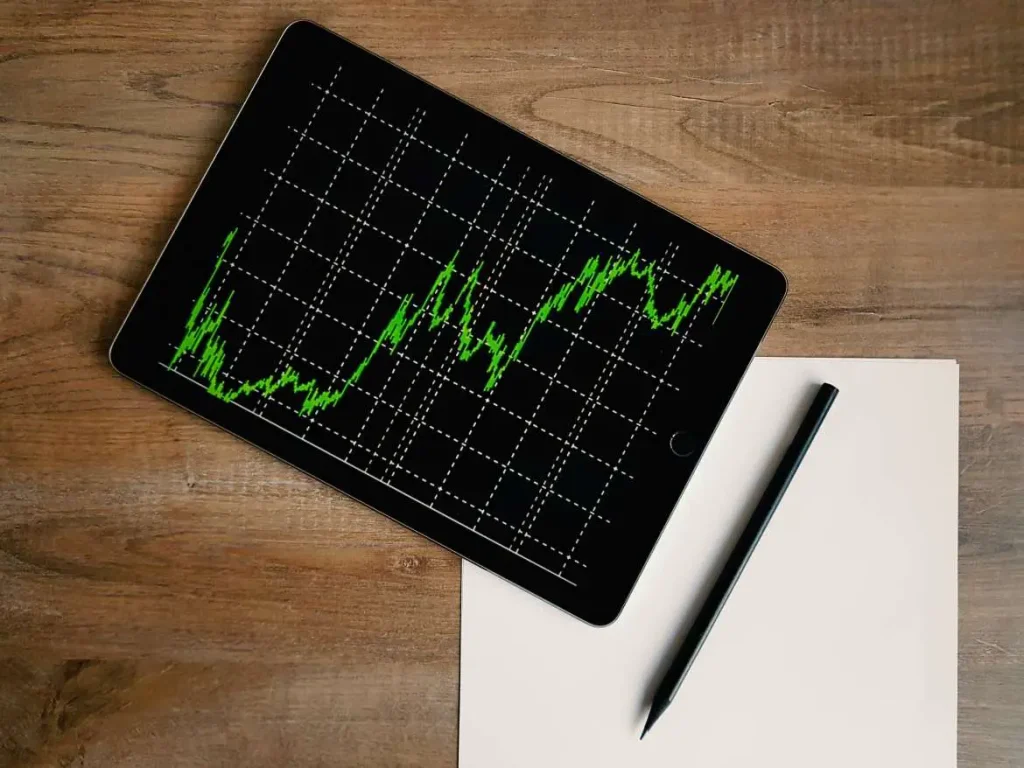April 7, 2023 – The World Bank raised its estimate of growth of the Croatian economy this year to 1.3 percent and forecasts that inflation in Croatia will slow down to an average of 7.2 percent in 2023. The World Bank has thus corrected to a higher estimate of the growth of the Croatian economy for this year, considering that at the beginning of 2023, it forecasted that the Croatian GDP would grow by 0.8 percent.
“Economic activity in Central Asia and Europe, including in Croatia, will probably remain at a modest level in 2023 due to the consequences of the Russian invasion of Ukraine, persistently high inflation, and increasingly strict financing conditions,” the World Bank pointed out in a report on the economic news in the Europe and Central Asia region, published on Thursday, as reported by Index.
According to the report, in the period after 2023, the growth of the Croatian economy will start on the path of a gradual recovery in parallel with the reduction of uncertainty, assuming the normalization of prices on the energy market, the removal of the remaining supply bottlenecks and the improvement of the external environment.
As a result, the World Bank expects economic growth in the period 2024-2025 to strengthen and reach an average of 2.9 percent, which will have a positive impact on labor market trends, along with employment growth, and a drop in the unemployment rate below 6.5 percent by 2025.
After the inflation rate in Croatia reached a peak of 13.5 percent last November, the World Bank estimates that it will fall to an average of 7.2 percent in 2023.
Growth in the region is 1.4 percent, but the prospects are still highly uncertain
In the report on current economic affairs in Europe and Central Asia, the World Bank expects regional growth to reach 1.4 percent in 2023, significantly better than the previously expected 0.1 percent.
“The positive, albeit deeply subdued, economic activity this year reflects a milder decline in the Russian and improving prospects for the Ukrainian economy. During 2024 and 2025, regional growth will increase by an average of 2.7 percent, thanks to the easing of inflation, the recovery of domestic demand, and the improvement of the external environment “, are the expectations of the World Bank.
However, they noted that the prospects for the region are still highly uncertain, so growth in 2023 may be weaker, which may be affected by an additional escalation of the war in Ukraine, further increase in food and energy prices, acceleration of the growth of interest rates in the world or the region, and there are potential adverse effects of current events in the banking systems of some developed economies.
The Bank estimates that the Ukrainian economy will grow by 0.5 percent this year, after last year’s sharp decline of 29.2 percent due to Russian aggression against the country.
“Although Ukraine paid a huge economic toll due to the invasion, the reopening of Ukrainian ports on the Black Sea and the continuation of grain trade, as well as substantial donor support, are helping to strengthen economic activity in the current year,” the World Bank wrote.
Their latest estimate is that reconstruction and recovery costs in Ukraine have risen to $411 billion, more than double the scope of Ukraine’s pre-war economy in 2021.
In 2022 we saw the highest level of inflation among all regions of the developing world
The World Bank reminded that due to the sudden increase in consumer prices, primarily food, and energy, the average annual inflation rate in emerging and developing economies in Europe and Central Asia jumped to as much as 15.9 percent at the end of 2022, reaching the highest level in more than 20 years, but also the highest level among all regions of the developing world.
The World Bank’s Chief Economist for Europe and Central Asia, Ivailo Izvorski, warned that the high inflation rate affects the poorest segments of the population much harder than the richest.
“To better protect vulnerable groups and stimulate economic growth, public policies should consider the differences in the impact of inflation on different income classes and resort to more accurate indicators to determine the real cost of high prices for the poorest,” Izvorski believes.
The World Bank reminded that the governments of countries throughout the region responded to the cost of living crisis by introducing social assistance and subsidies, but with the assessment that the burden of the cost of living crisis was not evenly distributed.
“Public policies that do not consider the different rates of inflation faced by individual households are likely to result in inadequate support for vulnerable groups and may ultimately prove ineffective and less effective. Moving away from the Consumer Price Index (CPI) is therefore recommended as the established measure of inflation to more accurately determine the real living costs of the poorest citizens. This is of crucial importance for designing better policies to stimulate growth and alleviate poverty,” according to the World Bank.
They also referred to Croatia, writing that the increase in inflation reduced the purchasing power of households, especially when it comes to the poorest fifth of the population. “Croatian government partially prevented the more severe consequences of the global spike in energy and food prices by bringing several aid packages during 2022 and early 2023. These packages include price limits for electricity, gas, and certain food products and targeted financial compensation for the most vulnerable segments of society,” the Bank reminded.
For more, make sure to check out our dedicated News section.










